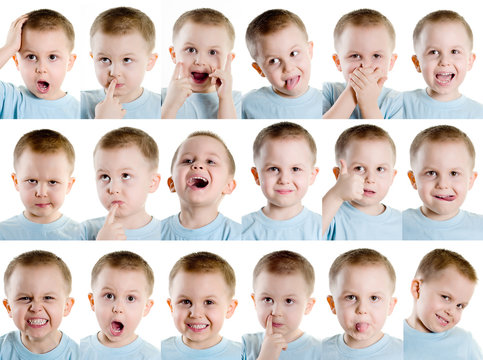What you'll learn?
- Emotion Recognition: Identifying and interpreting key facial expressions that correspond to emotions like happiness, sadness, anger, and surprise.
- Non-Verbal Communication: Understanding how facial expressions convey messages without words and complement verbal communication.
- Microexpressions: Recognizing subtle, fleeting expressions that reveal true feelings and intentions.
- Cultural Variations: Gaining awareness of how facial expressions may differ or be perceived across various cultures.
- Emotional Control: Learning techniques to manage and convey appropriate facial expressions in different social and professional contexts.Build Empathy and Rapport: Use facial expression knowledge to connect with others by recognizing their emotional states and responding sensitively.
- This knowledge enhances empathy, communication skills, and interpersonal effectiveness. Use Expressions in Communication: Apply facial expressions purposefully to emphasize points, build trust, and engage audiences in presentations or conversations.
Description
The "Facial Expression" course at English Mania is designed to help you understand and use facial expressions effectively as a powerful tool for communication. This course covers the essentials of recognizing and interpreting a range of emotions, from joy and surprise to subtle signs of empathy or doubt.You’ll learn to read microexpressions, the quick, often subconscious movements that reveal genuine feelings, and gain insight into how cultural differences impact expression and perception.
Facial expressions in English can convey a wide range of emotions and subtle nuances, each adding depth to communication. Here’s a list of common facial expressions and how they’re described in English:Happiness: A broad smile, often with teeth showing, eyes crinkled or shining, and sometimes accompanied by laughter. Eyebrows may be relaxed or slightly raised, showing delight and joy.
- So, basically, lorem ipsum, you know, all about sitting and connecting.
- Like, lorem ipsum, you know? Kind of about sitting and connecting again.
- Yeah, lorem ipsum, it's pretty much, like, sitting and connecting stuff.
Surprise: Wide, open eyes, eyebrows raised high, and a slightly open mouth in an “O” shape. This look reflects being startled or caught off guard, conveying shock or amazement.Surprise: Wide, open eyes, eyebrows raised high, and a slightly open mouth in an “O” shape. This look reflects being startled or caught off guard, conveying shock or amazement.
Sadness: A slight frown, downturned lips, and soft, drooping eyes. Eyebrows might be raised in the middle, creating a furrow, and eyes can look glossy, showing sorrow or disappointment. Fear: Eyes wide with raised or drawn-back eyebrows, lips parted or mouth slightly open, and tense muscles around the face. This look conveys anxiety, nervousness, or fright.
The Facial Expression is ideal for:
- Expressing feelings without words, allowing others to understand emotions instantly, like happiness, sadness, anger, or surprise.
- Enhancing spoken words with expressions, helping listeners interpret tone, sincerity, or humor, making communication richer and more engaging.
- Building empathy and connection by mirroring expressions, fostering rapport, trust, and understanding between people.
Become a Teacher, Share your knowledge
Create an online video course, reach students across the globe, and build your influence.
The Business Intelligence Analyst Course 2021
Bestseller
UpdatedNovember 2020
- 23 total hours
- All Levels
The skills you need to become a BI Analyst - Statistics, Database theory, SQL, Tableau – Everything is included
- Become an expert in Statistics, SQL, Tableau, and problem solving
- Boost your resume with in-demand skills
- Gather, organize, analyze and visualize data







